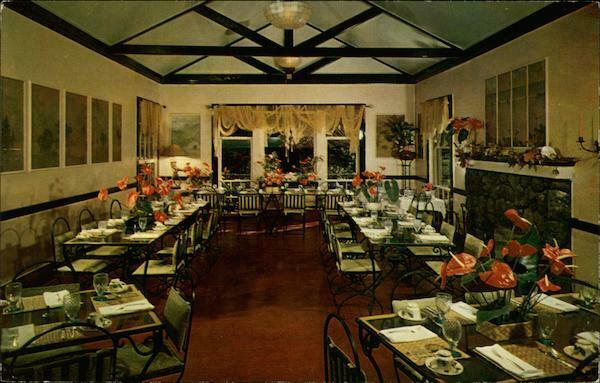Hawaii Tea Rooms
From Mystic Tea Room
(Difference between revisions)
(start page) |
(img and caption) |
||
| Line 1: | Line 1: | ||
| - | + | [[File:Waioli-Tea-Room-Manoa-Valley-Hawaii-Salvation Army-chrome-interior-front.jpg|center|600px|thumb|The Waioli Tea Room in Manoa Valley, Honolulu, Hawaii, was built in 1922 by the Salvation Army. According to the book "Come Back to Wai'oli : A Brief History of The Salvation Army Wai'oli Tea Room, Manoa Valley, Honolulu Hawaii" by Bette McAbee-Vincent Stillwell (1999), "The Tea Room served as an adjunct vocational training center for young women in residence at the adjoining Children's Home which was established by The Salvation Army in 1909. The [home served a] population of boys and girls who were "given" to the Salvation Army for custody when parents could not care for them or they were abandoned. For many, it was the only "home" they knew throughout their childhood."]] | |
Revision as of 20:47, 20 September 2020

The Waioli Tea Room in Manoa Valley, Honolulu, Hawaii, was built in 1922 by the Salvation Army. According to the book "Come Back to Wai'oli : A Brief History of The Salvation Army Wai'oli Tea Room, Manoa Valley, Honolulu Hawaii" by Bette McAbee-Vincent Stillwell (1999), "The Tea Room served as an adjunct vocational training center for young women in residence at the adjoining Children's Home which was established by The Salvation Army in 1909. The [home served a] population of boys and girls who were "given" to the Salvation Army for custody when parents could not care for them or they were abandoned. For many, it was the only "home" they knew throughout their childhood."




